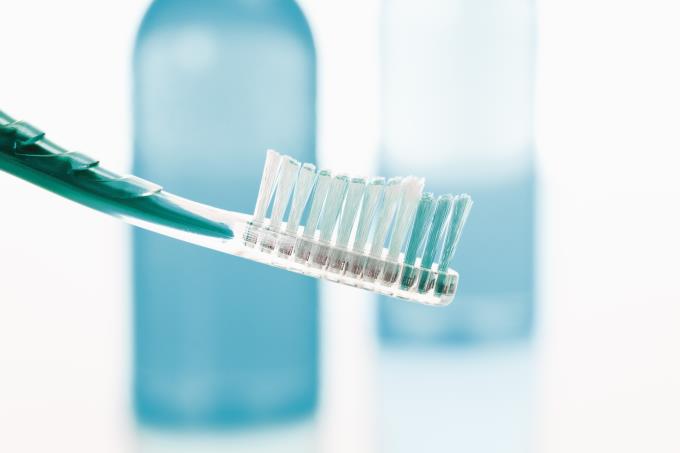One of my patients’ chief complaints is bleeding gums. What is the cause, and why does it happen?
Bleeding from the gums is caused by one of two possibilities:
- Brushing too hard (trauma)
- Gingivitis
If you are using a hard toothbrush or brushing incorrectly, this can cause injury to your gums and make them bleed. Ensure that you are using a soft toothbrush and brush your teeth and gums gently in a circular motion.
Gingivitis, or gum inflammation, is caused by an accumulation of plaque around the teeth and gums. If you are not effectively removing plaque from the gum margins, your gums will swell up and bleed in response to the bacterial load in your gums.
How do I prevent/ stop bleeding gums?
Good brushing and flossing technique is essential in effectively cleaning your teeth.

Using a soft toothbrush, brush all teeth in a circular motion. Place toothbrush at a 45 degree toward the gums and sweep the brush down from the gumline.

Brush all teeth for 2 minutes (1 minute on the top teeth, 1 minute on the bottom teeth). Don’t forget to brush your tongue too!

Flossing
Do you know that by not flossing regularly you are not cleaning around 40% of your tooth surfaces? Here’s how to do it properly:

Wind a long piece of floss around your third or middle fingers, leaving your index and thumb fingers free to manipulate the floss.

Gently slide the floss in between you teeth and hug the floss around the surface of one tooth, rubbing up and down to remove plaque.

Move the floss into the gum, cleaning beneath the gumline. This should be done gently to avoid cutting into your gum. Repeat on all in-between surfaces of your teeth.
Although this sounds involved, once you get the hang of it, it will get easier. Start with your front teeth, and as you get better, move toward your back ones. Practice makes perfect. Focus on having good oral hygiene routines and remember, it is not only important to take care of your teeth, but also the gums that support them. Happy flossing!

